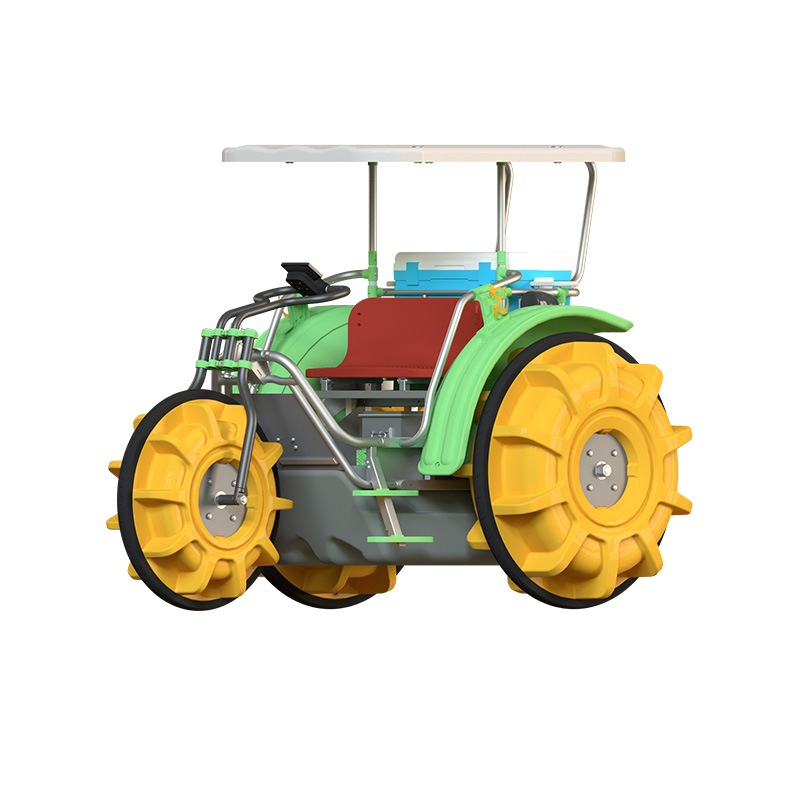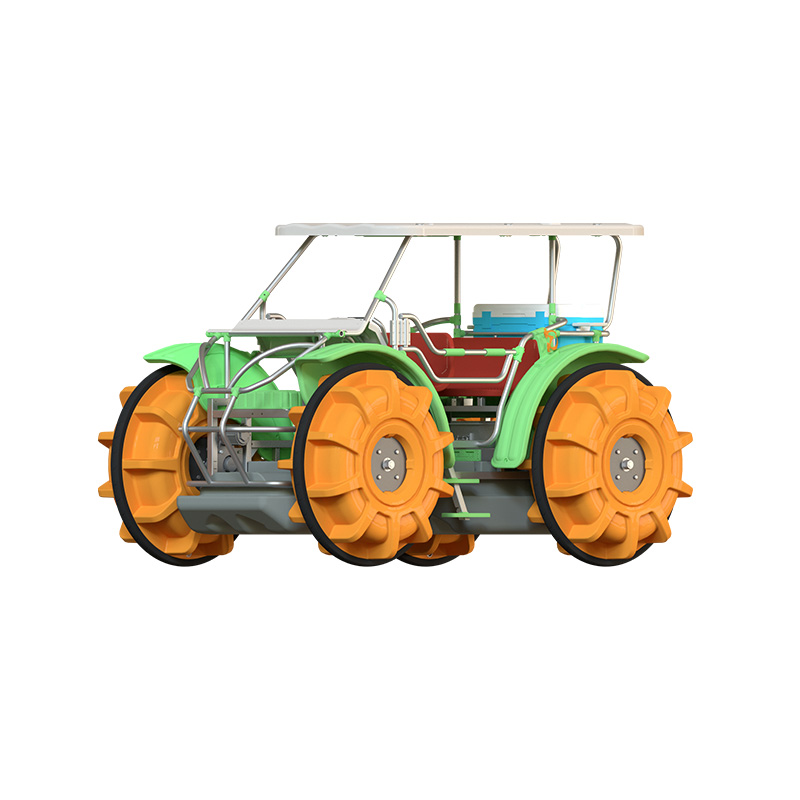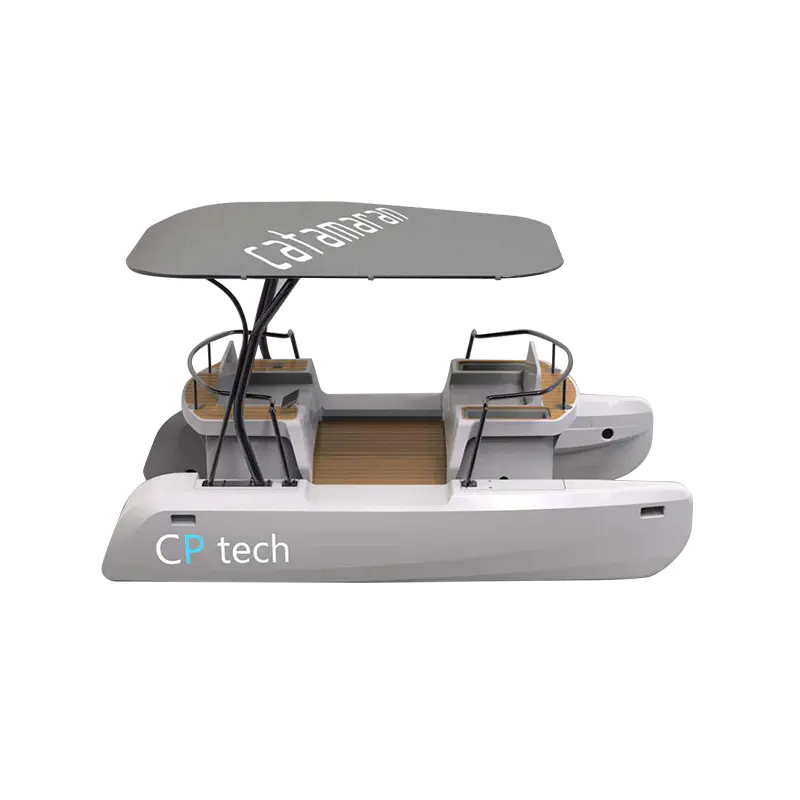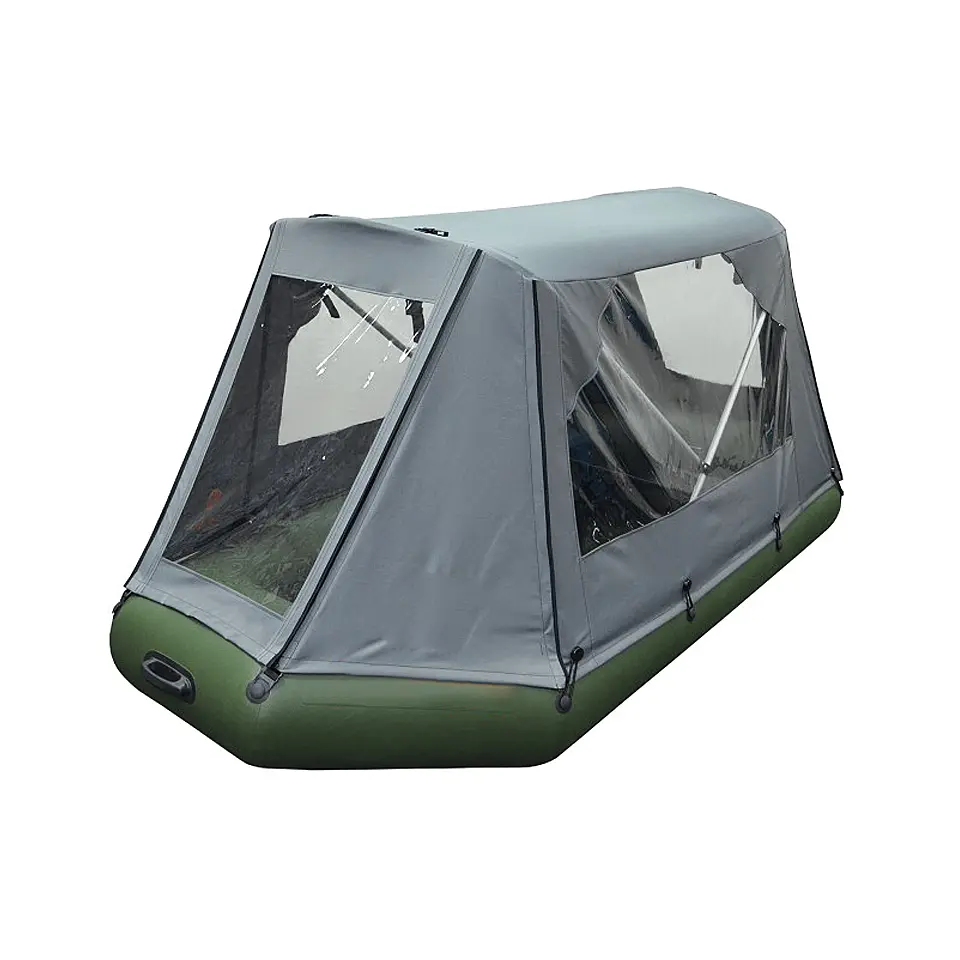What can the design of amphibious vehicle tourism project look like?
2024-08-29
Amphibious recreational vehicles — real experience, unique personality, and passion are multipliers for the development of tourist attractions! Tourist attractions and terminal entertainment markets have huge potential. As a new type of passionate experiential entertainment project, Chaopai amphibious vehicles are not only favored by tourist attractions and tourists, but also suitable for operating in places with large traffic such as beaches, lakes, wetlands, and parks, with no special requirements for site area.
Can amphibious vehicle tourism projects be designed like this?
1. Amphibious landing + crossing the desert
Project content: 1. Launching 2. Driving in water 3. Landing 4. Crossing the beach
Site requirements: Launching slope <30°, water conditions: The water surface is stable and there is no rapids; there are no sharp obstacles underwater
Beach conditions: There are no tall obstacles in the driving area
2. Leisure sightseeing + water fishing
Project situation: Rental (with special driving or deposit)
Site content: Ecological scenic area, parent-child entertainment, fishing, picking, etc.
Site requirements: The venue designated by tourists suitable for driving amphibious vehicles
3. Real-life CS confrontation series
Project situation: Simulate outdoor real-life CS battle scenes
Clothing props: special forces clothing, real-life CS special guns, amphibious vehicles, resurrection bags, etc.
Site content:
1. Grouping: Divide into 2-6 groups, 4 people in each group
2. According to the real-life CS battle rules
3. The person who was hit cannot shoot or drive again, and teammates can drive the vehicle to the resurrection point to revive the injured teammates.
4. Simulate the attack and defense of amphibious vehicles. If the attack fails to take the high ground within the scheduled time, the mission will fail.
5. Amphibious vehicle battle can be set
Venue requirements: Designed according to outdoor real-life CS, beaches, fortresses, waters, etc.
IV. Wild style photography series
Project mirror: military scenes, wedding photography
Venue content: Use amphibious vehicles and military props as background
Venue requirements: beaches, fortresses, waters, etc.
The design of an Amphibious Utility All Terrain Vehicle (AUATV) is a complex and multi-faceted process, requiring a careful balance of functionality, durability, and versatility. This type of vehicle is intended to operate in both land and water environments, offering a broad range of applications, from military operations to recreational use. The key design considerations for an Amphibious Utility All Terrain Vehicle are focused on ensuring that the vehicle can perform effectively in diverse terrains, withstand harsh conditions, and meet the operational needs of its users.
One of the critical design considerations of an Amphibious Utility All Terrain Vehicle is its ability to adapt to various surfaces, including rugged terrain, water bodies, and wetlands. The vehicle must be engineered to handle rocky, muddy, sandy, and grassy landscapes while maintaining stability and traction. Special attention is given to the wheels or tracks of the vehicle, which need to provide grip on all surfaces. When it comes to water, the design must include features such as watertight hulls and the ability to float or propel the vehicle effectively.
The incorporation of large, robust tires or tracks is often a key factor in enabling the vehicle to maneuver across challenging terrains. Additionally, features like adjustable suspension systems are included to help absorb shocks and enhance comfort, especially when the vehicle is transitioning from one environment to another. Proper tire or track selection is essential to ensuring that the Amphibious Utility All Terrain Vehicle remains stable and functional across both land and water.
For an Amphibious Utility All Terrain Vehicle to perform effectively in both land and water environments, it needs a versatile propulsion system that is reliable in both settings. On land, the vehicle typically uses an internal combustion engine or an electric motor to power its wheels or tracks. These systems must provide sufficient torque to navigate rough landscapes without compromising fuel efficiency. The engine must be powerful enough to carry heavy loads and endure long trips over uneven ground.

 English
English  русский
русский  عربى
عربى 









